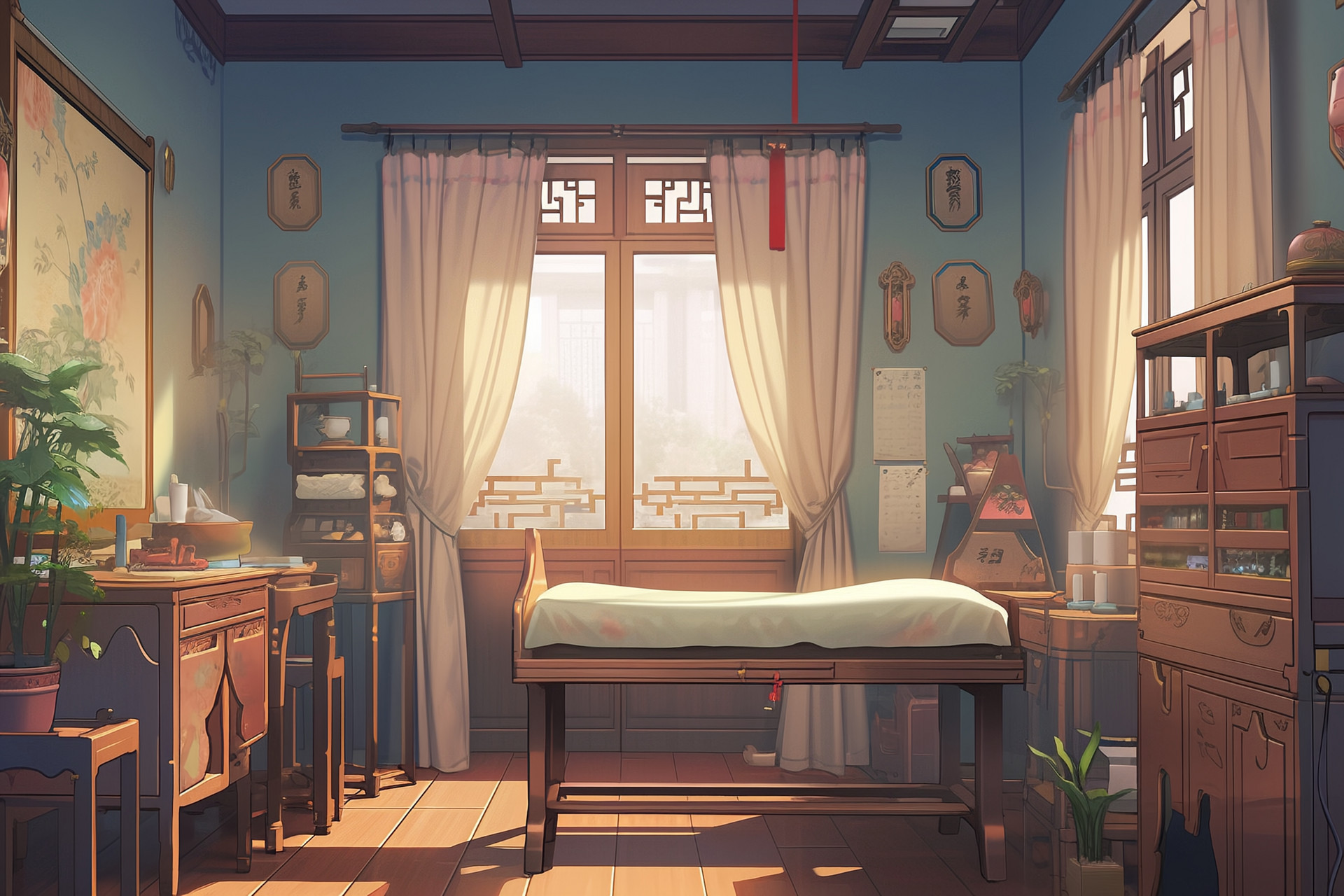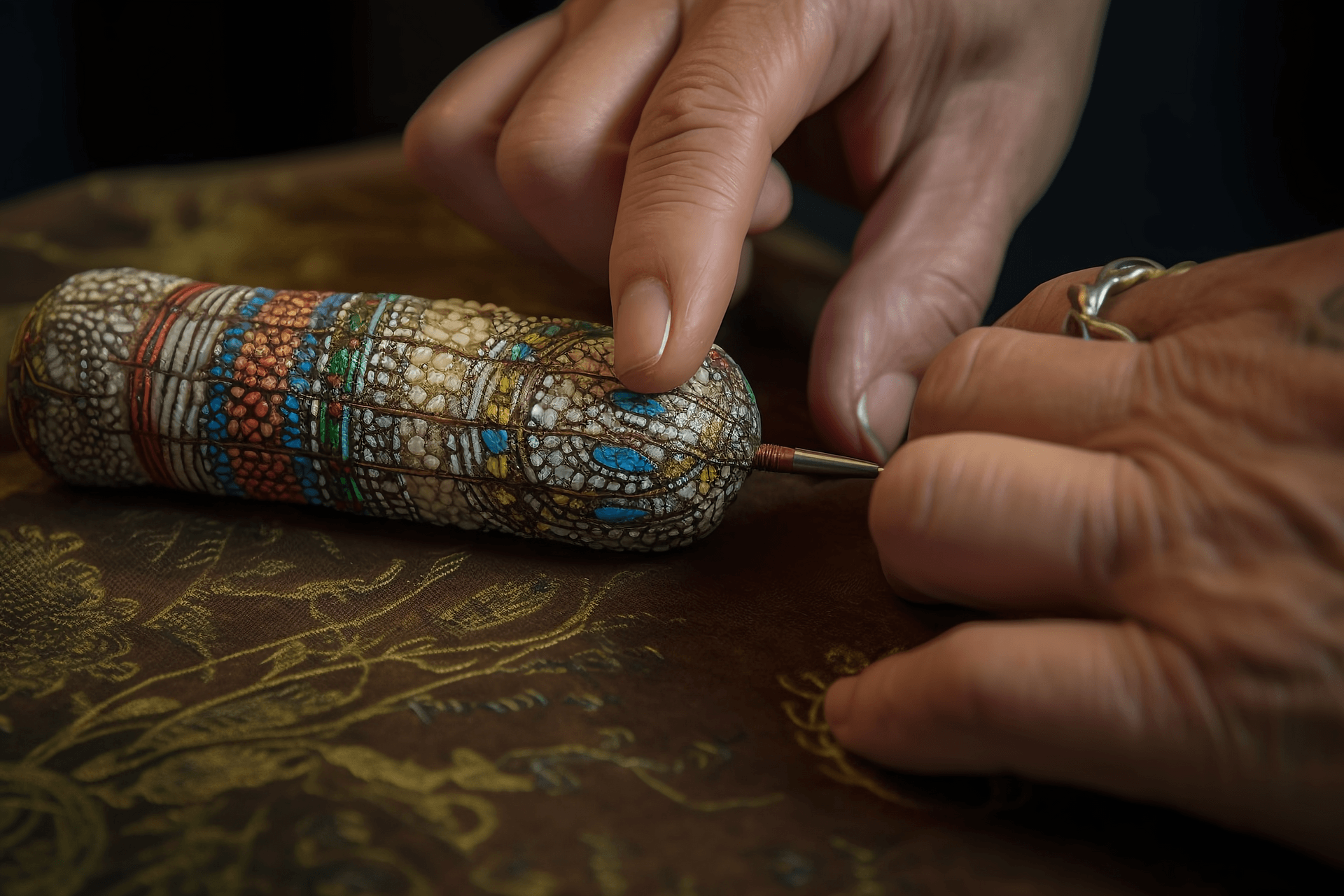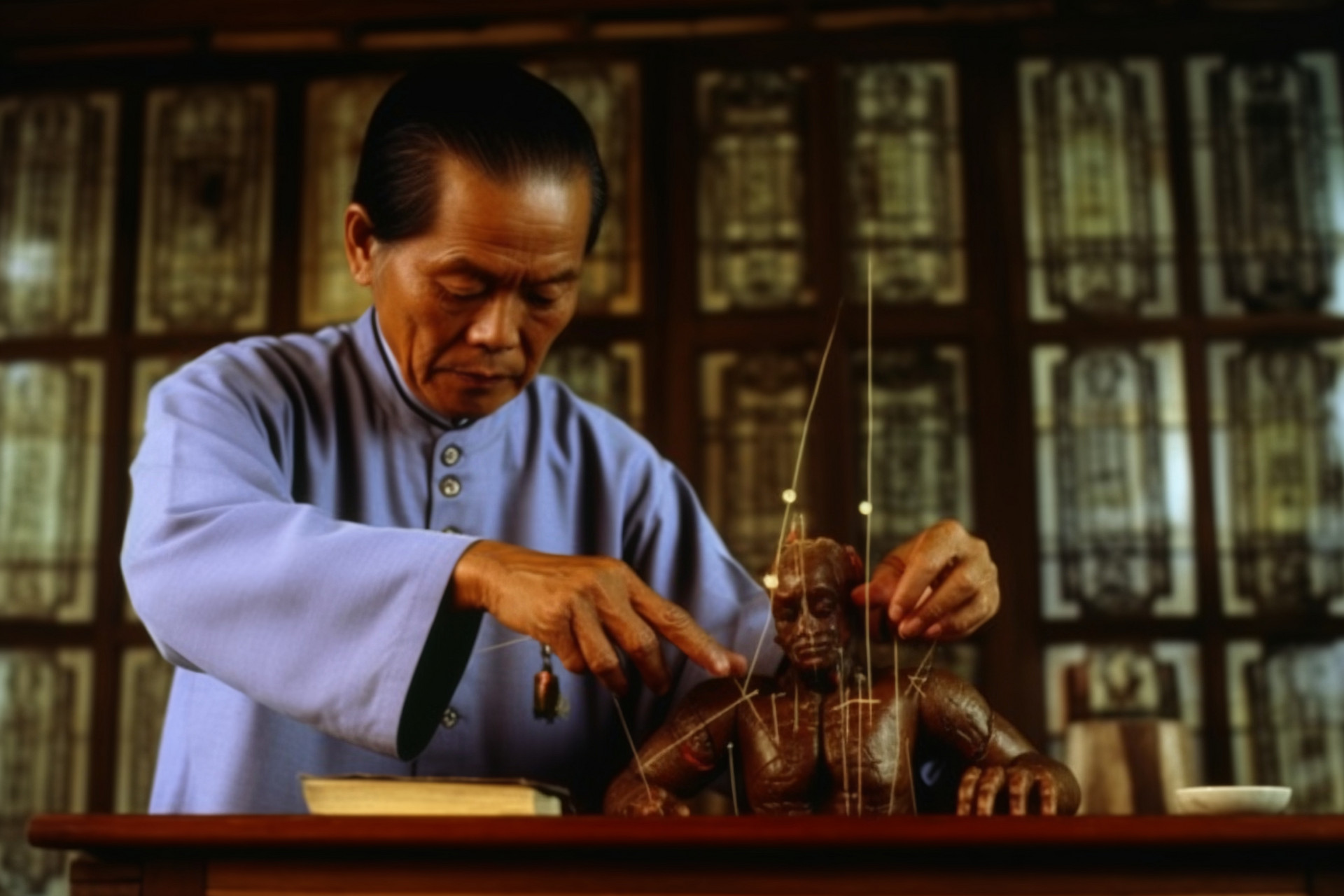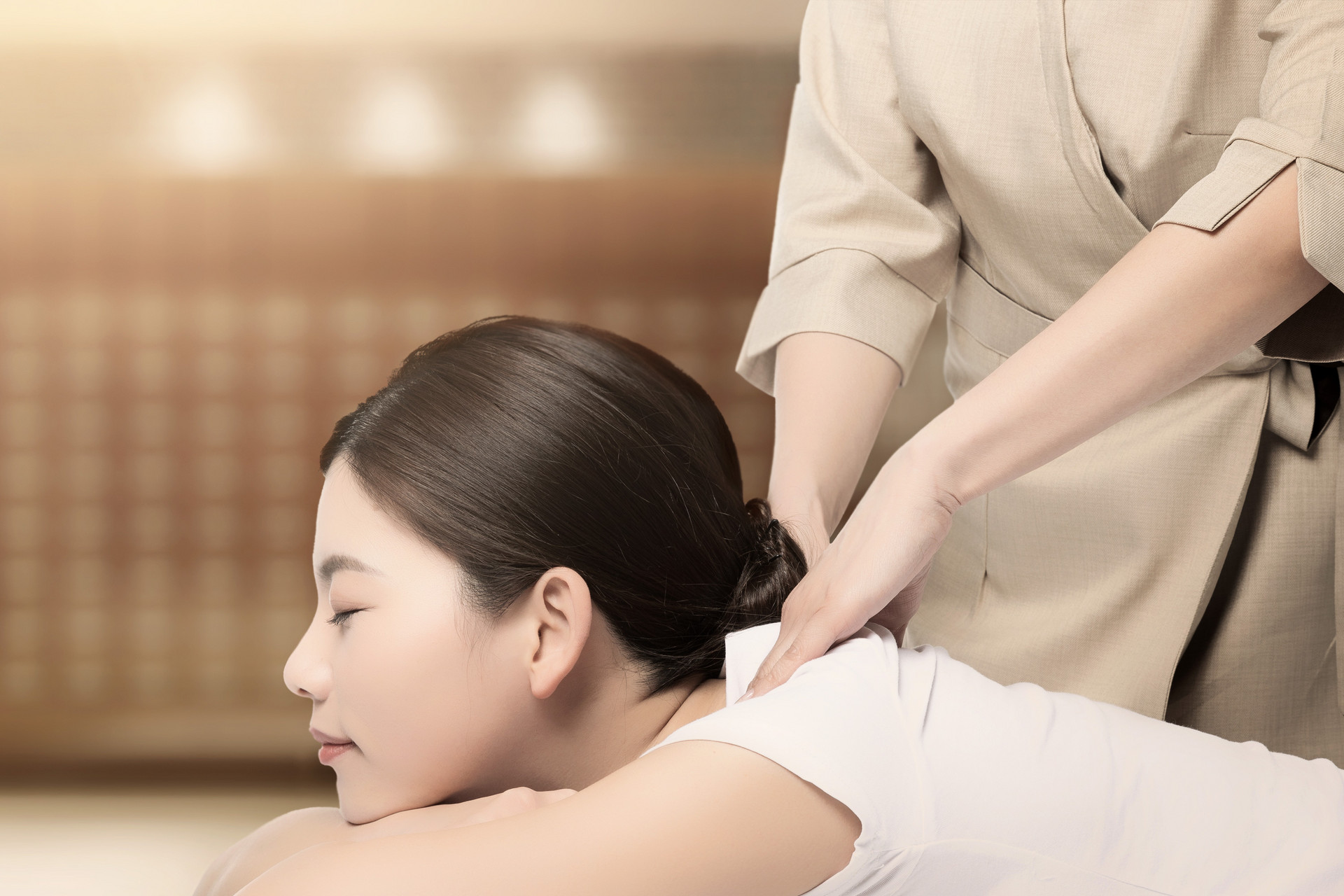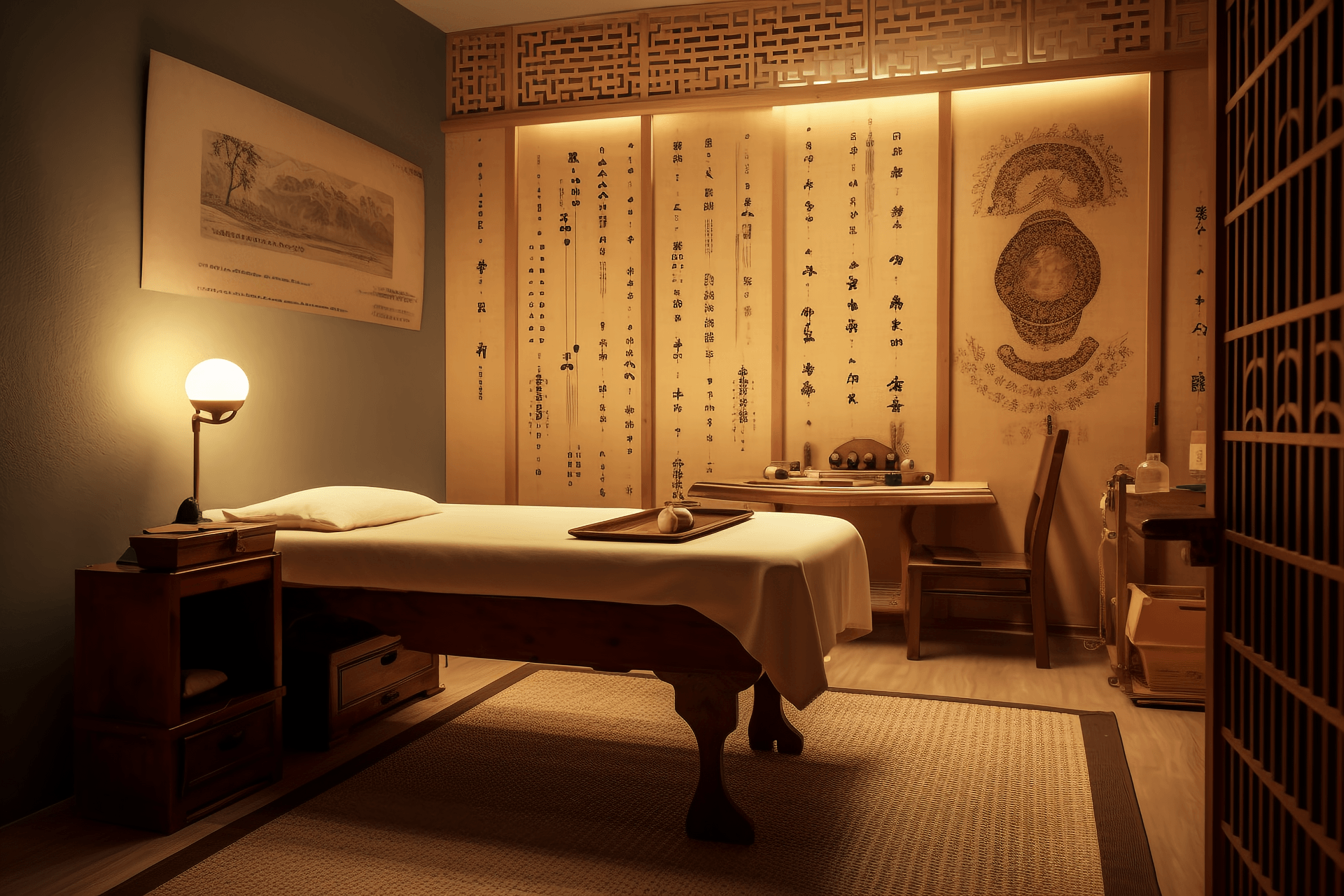Overview
The method of applying medicine to acupoints, known as acupoint plaster therapy, is a treatment method that involves applying medicine to certain acupoints to treat diseases. It has unique therapeutic effects on some common diseases.
Medicine and Tools
Medicine: The medicines used for plaster therapy can be divided into single herbs and compound drugs. Common solvents include water, white wine, yellow wine, ginger juice, honey, and Vaseline. Medicinal pastes can also be used as solvents depending on the condition.
Preparation: The medicines can be in the form of pills, powders, pastes, or ointments.
Procedure
Acupoint selection: Acupoint plaster therapy generally selects acupoints in the affected area, Ahshi points, or empirical points. The Shenque and Yongquan points are commonly used for plaster therapy.
Method: Before applying the medicine, clean the local area with warm water or 75% alcohol cotton balls, then fix it with gauze, oil paper, or adhesive tape. The duration of plaster application depends on the degree of stimulation from the medicine.



          
Procedure diagram for acupoint plaster therapy
Practical Examples
|
Indication |
Prescription |
Procedure |
|
Bronchial asthma |
Compound White Mustard Plaster: Starting from the beginning of the midsummer, take 21g of roasted white mustard, 21g of Gentiana macrophylla, 12g of Croton tiglium, and 12g of Asarum. Grind into a fine powder. |
Take one-third of the medicine, mix it with ginger juice to form a paste, divide it into 6 small portions, and apply them to the bilateral acupoints of Feishu, Xinshu, and Geshu. Generally, apply the plaster for 4 to 6 hours, and repeat the procedure every 10 days for 3 cycles. |




